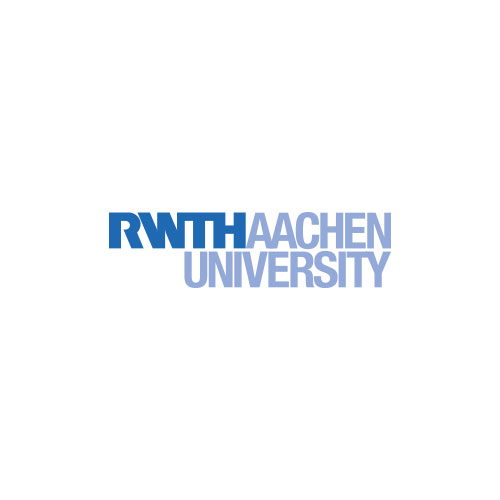Joint Research Advances The Approval Process For Medicines
New process simulates the degradation of pharmaceuticals within 15 minutes
Before their approval, pharmaceuticals not only have to be tested for their effectiveness and safety, but also for their stability, since they are usually stored in pharmacies and private households for years and are not allowed to deteriorate during their shelf life. To test their stability, a process is needed that decomposes the drug “in fast motion”.
Such a method was recently developed by a team of researchers from the Leibniz Institute for Catalysis (LIKAT) in Rostock, RWTH Aachen University, and the University of Würzburg, in collaboration with the company RD&C (Vienna, Austria). The research results have now been published in the journal ACS Central Science.
Virtually all drugs are multicomponent or multiphase systems that are embedded in a matrix, that is, contain excipients and carriers, for example. These additives can interact with the active ingredient, for example when the drugs are stored for a longer period of time, and impair the effect of the drug. The pharmaceutical industry must disclose all stability data before a new drug is approved, so there is considerable interest in developing reliable predictive tools to assess the safety of drugs.
Currently, however, such predictive tools for solid-state properties, particularly with respect to solid-state stability and degradation, are limited. In addition, the rate and decomposition products of solid-state degradation processes are unique for each compound, making the development of stability models time-consuming and costly. Prediction methods in aqueous environments exist, but they lead to high error rates. Since irrelevant degradation products are often formed under these conditions, these prediction methods involve high risks for both the developer and the customer.
A Mechanochemial Approach
Based on proof-of-concept studies successfully performed by RD&C and the research team, a unique and innovative experimental method for predicting stability profiles and degradation pathways in solid compounds, mixtures, and matrices has now been developed. In the literature, the approach is referred to as mechanochemistry. In this approach, the isolated drug or market-ready pharmaceutical product is treated in a vibrating mill in the presence of a decomposition-inducing reagent. Within less than 15 minutes, degradation processes can be observed.
Early-career researcher Dr. Everaldo Krake, the first author of the study, explains: “We were able to show this on a series of structurally similar thienopyridines, which are the drugs in antiplatelet tablets. Crucial to the success was the collaboration with the group led by Carsten Bolm from RWTH, a world-leading expert in the field of mechanochemistry, and the team of Ulrike Holzgrabe from the University of Würzburg, a renowned pharmaceutical chemist”.
This research demonstrates that the degradation profiles are identical for both the pure drug and the finished pharmaceutical product. This means that reproducible results and relevant insights can be gained for this class of drugs in short reaction times using the active ingredient alone. This is of great importance for accelerated drug approval process.
According to the authors, this new approach represents a paradigm shift in the application of mechanochemical processes in organic chemistry. “In general, mechanochemical studies of the transformation of small organic molecules, particularly drugs, are carried out with the aim of producing specific structural motifs. The new work now published highlights the potential of this approach to also target specific structural motifs for degradation,” says Carsten Bolm. This could be important not only for drug testing, but also for organic synthesis in general. “In the future, it will be interesting to apply this mechanochemical approach to other drug families and to evaluate the role of other stimuli such as light or temperature for the forced degradation process,” says Ulrike Holzgrabe.

